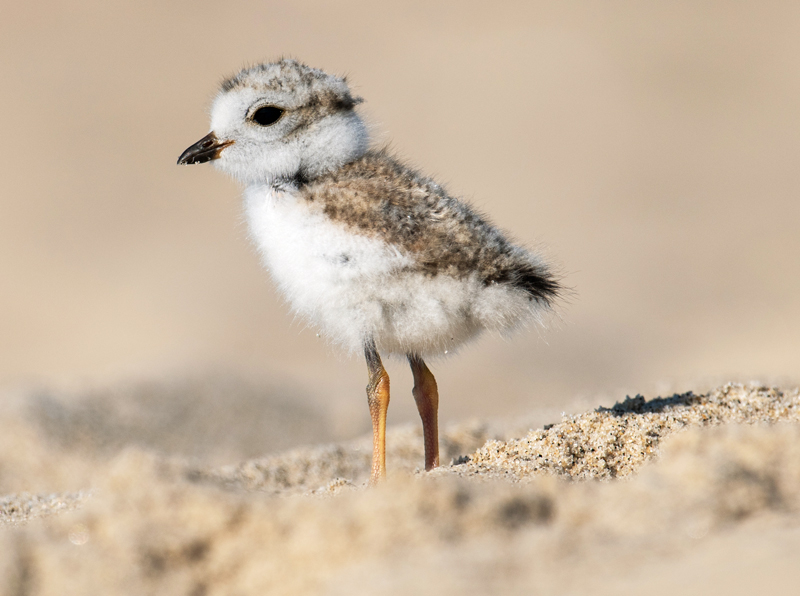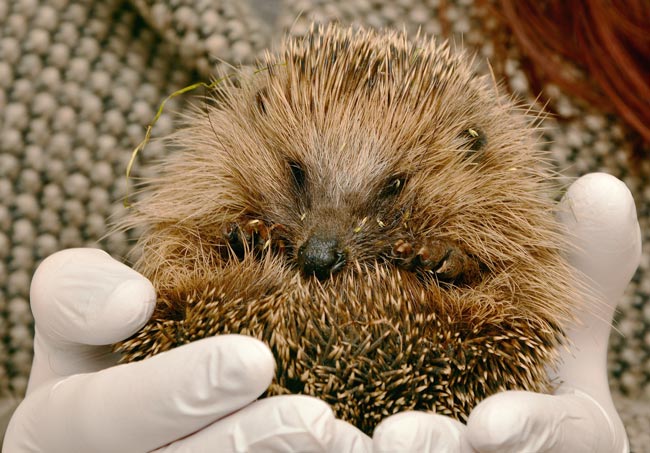I can recall a story a friend of the family once told me, about a baby bird they found on the edge of the pavement.
It was a tiny thing – pink, featherless, barely able to make a noise. By the time they had found it, the bird was already freezing cold and very weak. My friend and her daughter carefully picked it up and carried it back the short distance to their house, where they carefully placed it in their bathroom sink.
Once there, they encouraged it to drink and eat some worms that they found in the garden, but they didn’t have a great deal of success. Two days later, the baby bird died, whereupon my friend and her daughter buried it in the garden with a small ceremony.
“Why didn’t you bring it to see me?” I asked my friend.
“I was afraid you’d put it to sleep,” she said.
First approach

The thing is, she was right. I have experienced this (to my mind) confused attitude to animal welfare before and talked about it a few times in my blog.
However, my first, and really only, approach to questions about animal welfare is to attempt to strip away any human feelings of unfairness, justice, or morality, and try to look at what is actually happening from the animal’s point of view:
- How much suffering is my patient experiencing right now?
- How can I best minimise any suffering in the future?
Well meaning, but uninformed
My friend was worried that, had she brought the baby bird to see me, I would have ended its life – and I admitted to her this was indeed the case. The thing I just couldn’t get her to see, however, was why I felt, very strongly, it would have been right to do.
Without extremely specialist care, that baby bird’s chances of survival were zero. It spent two days starving in a sink, and then it died. Left outside, it would have most likely been eaten by a cat long before then. If my friend had brought it to me, I would have ended its suffering immediately. If, instead of picking it up, she had immediately stamped on it and squashed it flat, as far as I could see, the bird would have experienced far less suffering than it did in that sink.
My friend meant well, but the bird suffered more than it would have done if she hadn’t cared at all.
Not the same
I tell this story because it is fundamental to my feelings about the treatment of wildlife in general practice.
There’s a school of thought that wildlife should receive exactly the same treatment as domestic species, but I’m afraid I don’t subscribe to it. Had I seen it, I would have put that baby bird to sleep, and I do the same for the majority of wildlife animals brought to see me.
I don’t treat them as I would domestic animals, because they aren’t the same – their whole circumstances are different. Domestic animals live in good health for the most part, and (neglect and cruelty aside) are well-fed and content. They live, effectively, in peace time.
Wildlife is on the front line.
Life, death and evolution

Evolution is a wonderful thing – a fascinating conjuration of complexity out of simplicity. But what it leads to is a constant, ever-changing battle: desperate fights over limited resources made even more limited since humanity started strutting and fretting its hour on the stage.
If there aren’t thousands of creatures suffering, starving and dying within a mile radius of you then you may well be reading this on the moon (and you might want to check your oxygen gauge).
Here’s my point: wildlife aren’t pets – they’re soldiers. If they can’t be returned to absolute full fighting capacity before they’re released then you are almost certainly sending them out to their deaths. Not immediately, but slowly and probably painfully.
Exceptions that prove the rule
On occasion, I’ve admitted the odd mauled pigeon or small mammal, given them pain relief and antibiotics, and kept them in a cage overnight to “see how they go”. Not uncommonly, these poor creatures are dead by the next morning, and I try not to think of them, terrified of every gurgle from the central heating, and every footstep a heart-stopping potential oncoming predator.
I don’t know what happened to the ones that “got better” and were released back into the battlefield. Maybe it’s better not to know.
Wildlife medicine, like most other areas of medicine, is increasingly specialist, and needs to be brutally pragmatic. Most of us in general practice, if we’re honest, don’t know what we’re doing, and I worry that our meddling (however well intentioned) causes more misery than it relieves.
Getting back to nature
I hope it doesn’t seem callous, but my genuine feeling is, unless you’re absolutely sure you can get your wildlife patient fighting-fit and combat ready, the kindest thing you can offer them is a quick release from their suffering.
“Nature, red in tooth and claw,” Tennyson said – and he said it with good reason.
As I type, I’m sitting in comfort – warm despite the sub-zero temperatures just a few feet away from me – with a frothy coffee and a smartphone. Maybe humanity’s days of miracle and wonder are drawing to a close, but, just for the moment, I can sit and think about how lucky I am my species has found a way, even temporarily, out of the battle raging all around us.
But, despite the modish ideas about “getting back to nature”, let’s not do our wildlife patients the disservice of forgetting exactly what that means.

Leave a Reply